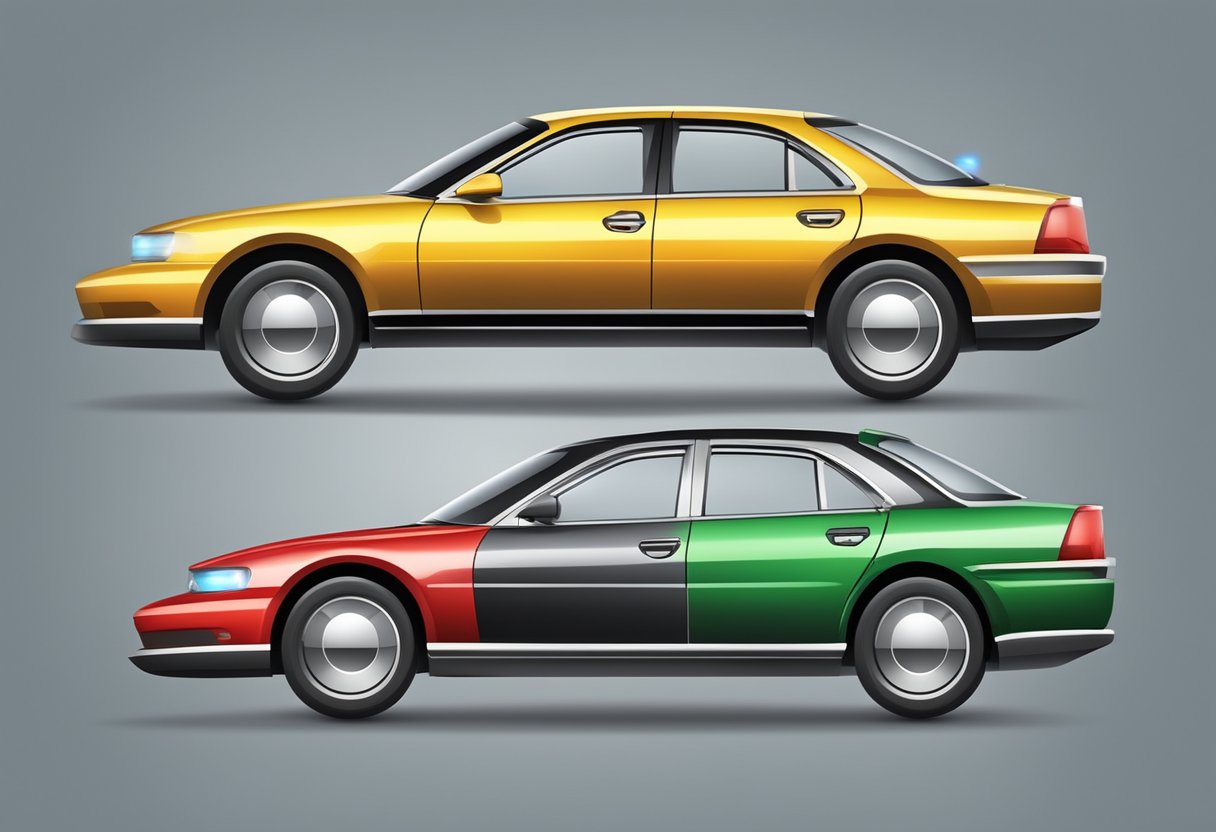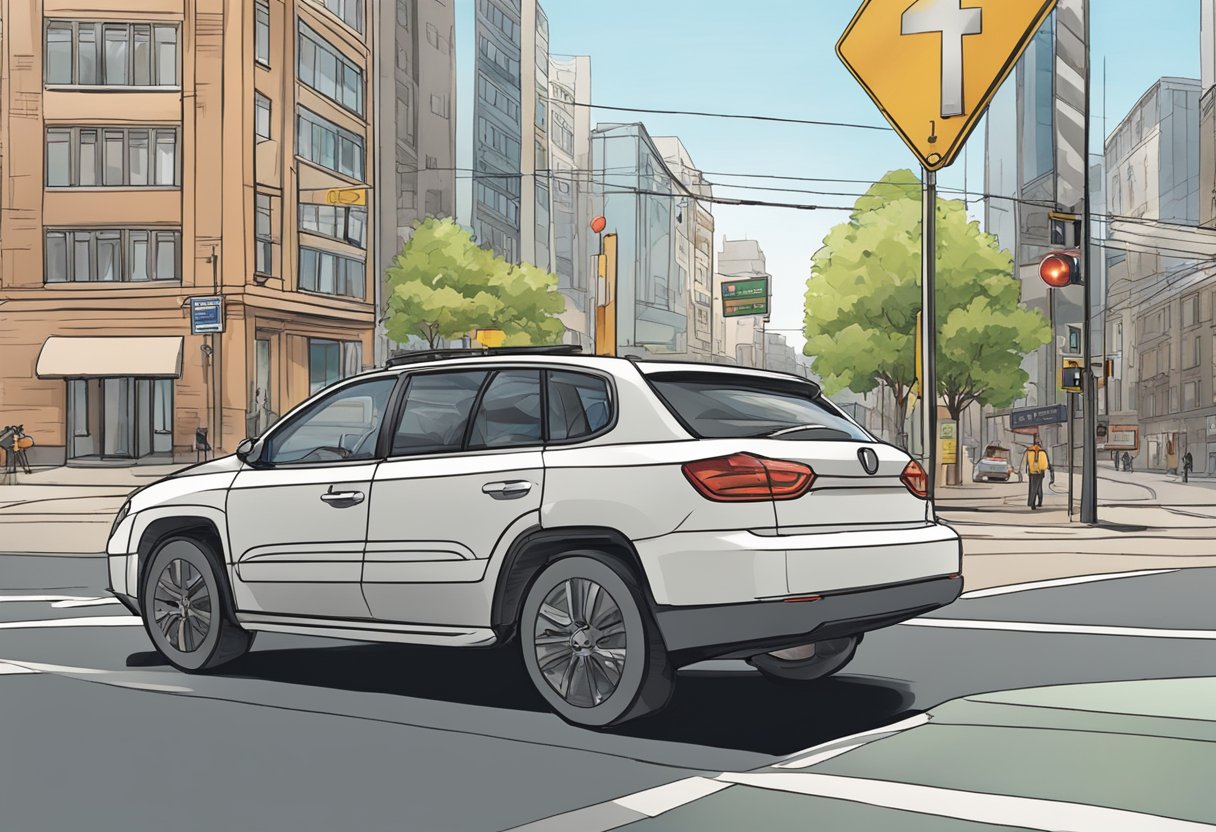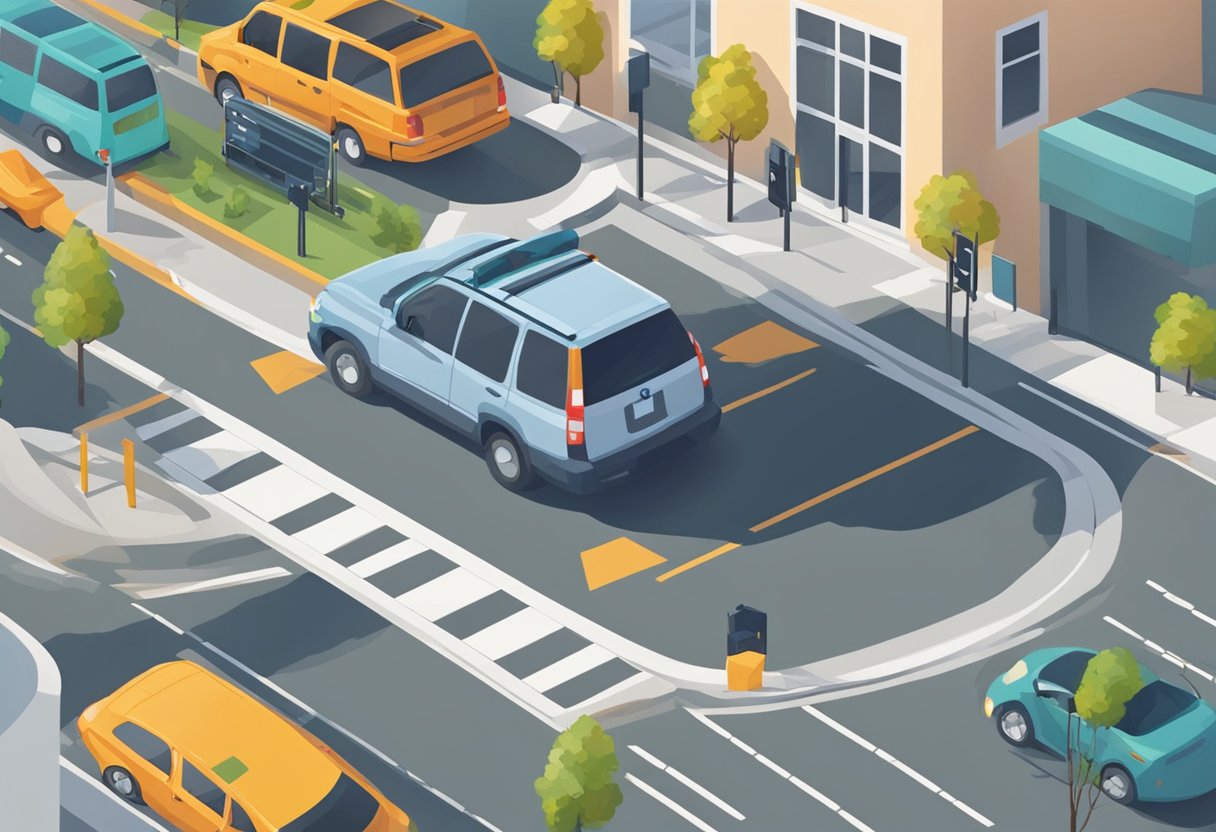Using hand turn signals while driving is a crucial aspect of safe driving that is often overlooked.
Although turn signals are built into modern cars, they can malfunction, and not all vehicles have them.
In these situations, hand signals can be used to communicate with other drivers on the road.
Hand signals are also useful in situations where turn signals may not be visible.
For example, if you are driving in a caravan or in a group on motorcycles, hand signals can be used to communicate with each other.
Additionally, hand signals can be used to communicate with pedestrians and cyclists who may not be able to see your turn signals.
In this guide, we will go over the different hand signals that you can use while driving and how to use them effectively.
By understanding and using these hand signals, you can ensure that you are communicating clearly with other drivers on the road and increase your overall safety while driving.
Understanding Hand Turn Signals
History and Significance
Hand turn signals have been used for decades as a way for drivers to communicate with each other on the road.
Before the widespread use of turn signals on vehicles, hand signals were the primary way for drivers to indicate their intentions to turn or stop.
Today, hand signals are still an important part of safe driving, especially in situations where turn signals or brake lights may not be visible, such as when driving a motorcycle or bicycle.
They are also useful in emergency situations where a driver’s vehicle may be disabled and unable to use its turn signals.
Hand Signal Basics
There are three basic hand signals that drivers should be familiar with:
- Left Turn Signal: Extend your left arm straight out of the driver’s side window.
- Right Turn Signal: Extend your left arm out of the window and point your hand upward.
- Stop or Slow Down Signal: Extend your left arm out of the window and point your hand downward.
It’s important to note that these signals should be used in addition to, not instead of, turn signals and brake lights.
Always use your vehicle’s turn signals and brake lights to indicate your intentions to other drivers, and use hand signals as a backup or in situations where they may be more visible.
In addition to these basic signals, there are also some variations that can be used in specific situations.
For example, when driving a motorcycle, a rider may use a “hazard” signal by quickly extending their left arm out and then back in to indicate a potential danger on the road ahead.
By understanding and using hand turn signals, you can communicate more effectively with other drivers on the road and increase your overall safety while driving.
Executing Hand Turn Signals
When driving, it is important to communicate your intentions to other drivers on the road.
One way to do this is by using hand turn signals.
Hand turn signals are a simple and effective way to let other drivers know when you plan to turn or stop.
Here are the three most common hand turn signals:
Left Turn Signal
To signal a left turn, extend your left arm out of the driver’s side window and point your hand straight out with your palm facing down.
This signal should be held until the turn is completed.
Right Turn Signal
To signal a right turn, there are two options.
The first option is to extend your left arm out of the driver’s side window and point your hand upward with your palm facing forward.
The second option is to extend your right arm out of the passenger’s side window and point your hand straight out with your palm facing down.
Both signals should be held until the turn is completed.
Stop or Decrease Speed Signal
To signal that you are stopping or decreasing your speed, extend your left arm out of the driver’s side window and point your hand downward with your palm facing back.
This signal should be held until you have come to a complete stop or have slowed down significantly.
Remember to always use hand turn signals in addition to your vehicle’s turn signals.
Hand turn signals can be especially helpful in situations where your vehicle’s turn signals may not be visible to other drivers.
By using hand turn signals, you can help ensure a safer driving experience for everyone on the road.
How Can Using Hand Turn Signals Help with Parking in California?
Using hand turn signals can greatly aid in deciphering parking curb colors in California. By communicating your intentions with clear hand signals, you can easily indicate whether you are parallel parking, pulling in, or backing into a space. This can help prevent confusion and potential parking violations.
Hand Signals and Road Safety
When driving, it is important to communicate your intentions to other drivers and pedestrians on the road.
One effective way to do this is by using hand signals.
Hand signals can be used in situations where vehicle indicators are not working or when you need to communicate with someone outside of your vehicle.
Visibility and Recognition
Hand signals are particularly useful in situations where visibility is poor.
For example, if you need to turn left or right at an intersection and your vehicle’s turn signals are not working, you can use hand signals to communicate your intentions to other drivers and pedestrians.
Hand signals are also useful when driving at night or in heavy rain, when it may be difficult to see other vehicles’ indicators.
Using hand signals can also help you to be more visible to other drivers.
When you use hand signals, you are not only communicating your intentions but also making yourself more visible to other drivers.
This can help to prevent accidents and keep you and other road users safe.
Hand Signals vs. Vehicle Indicators
While vehicle indicators are the primary means of communicating your intentions to other road users, they are not always reliable.
Vehicle indicators can malfunction or fail, leaving you without a way to communicate your intentions.
Hand signals, on the other hand, are a reliable backup option that can be used in these situations.
Hand signals are also useful when communicating with pedestrians or cyclists on the road.
These road users may not be able to see your vehicle indicators, so using hand signals can help to ensure that they understand your intentions.
In conclusion, using hand signals is an effective way to communicate your intentions to other road users and improve road safety.
By using hand signals in situations where vehicle indicators are not working or when communicating with pedestrians or cyclists, you can help to prevent accidents and keep yourself and others safe on the road.
How can using hand turn signals enhance safe driving practices?
Using hand turn signals can enhance safe driving practices by improving communication with other drivers on the road. These signals provide an additional means of indicating your intentions, which can enhance your keyless entry and help prevent accidents by ensuring that other motorists are aware of your next move.
Legal Aspects of Hand Signaling
Hand signaling is an important part of safe driving, and it is also a legal requirement in many states.
In this section, we will discuss the regulations and requirements related to hand signaling, as well as the liability and enforcement issues that can arise.
Regulations and Requirements
The regulations and requirements related to hand signaling vary from state to state.
In general, hand signaling is required when a vehicle’s turn signals are not functioning properly or when a driver is making a turn or a lane change.
Some states require drivers to use specific hand signals, while others simply require drivers to use a hand signal that is clear and understandable.
For example, in California, drivers must use the following hand signals:
- Left turn: Extend your left arm out of the driver’s window and point your hand in the direction of the turn.
- Right turn: Extend your left arm out of the driver’s window and point your hand upward.
- Stop or slow down: Extend your left arm out of the driver’s window and point your hand downward.
It is important to familiarize yourself with the specific regulations and requirements in your state to ensure that you are in compliance with the law.
Liability and Enforcement
If you fail to use hand signals when required by law, you may be held liable for any accidents or injuries that occur as a result.
In addition, you may be subject to fines and other penalties.
Enforcement of hand signaling laws varies from state to state, but in general, police officers can issue citations for failure to use hand signals when required.
If you receive a citation for failure to use hand signals, it is important to take it seriously and address the issue promptly.
In conclusion, hand signaling is an important part of safe driving, and it is also a legal requirement in many states.
By familiarizing yourself with the regulations and requirements related to hand signaling, as well as the liability and enforcement issues that can arise, you can ensure that you are driving safely and legally.
Practicing Safe Hand Signaling
When driving, it is essential to communicate with other drivers on the road. One of the ways to do this is by using hand signals.
By using hand signals, you can indicate your intentions to other drivers, especially when your car’s blinkers are not working.
Here are some tips to help you practice safe hand signaling.
Driver Education and Training
Before you start driving, it’s crucial to learn about hand signals and how to use them correctly.
Many driver education and training programs include hand signaling as part of their curriculum.
Ensure that you pay attention to this section and practice the hand signals until you are confident in using them.
Common Mistakes to Avoid
When using hand signals, certain mistakes can be dangerous and lead to accidents. Here are some common mistakes to avoid:
- Not using hand signals when necessary
- Using the wrong hand signal
- Using hand signals incorrectly
- Not holding the signal long enough for other drivers to see it
To avoid these mistakes, ensure that you understand the correct hand signals and practice them regularly.
Remember to hold the signal long enough for other drivers to see it, especially when making turns.
By practicing safe hand signaling, you can make the roads safer for everyone.
Remember to use the correct hand signals and avoid common mistakes to prevent accidents.
As an Amazon Associate we earn from qualifying purchases.
















Is there a specific hand signal I should use to indicate that I’m about to switch lanes, or do I use the same signals as for turning?